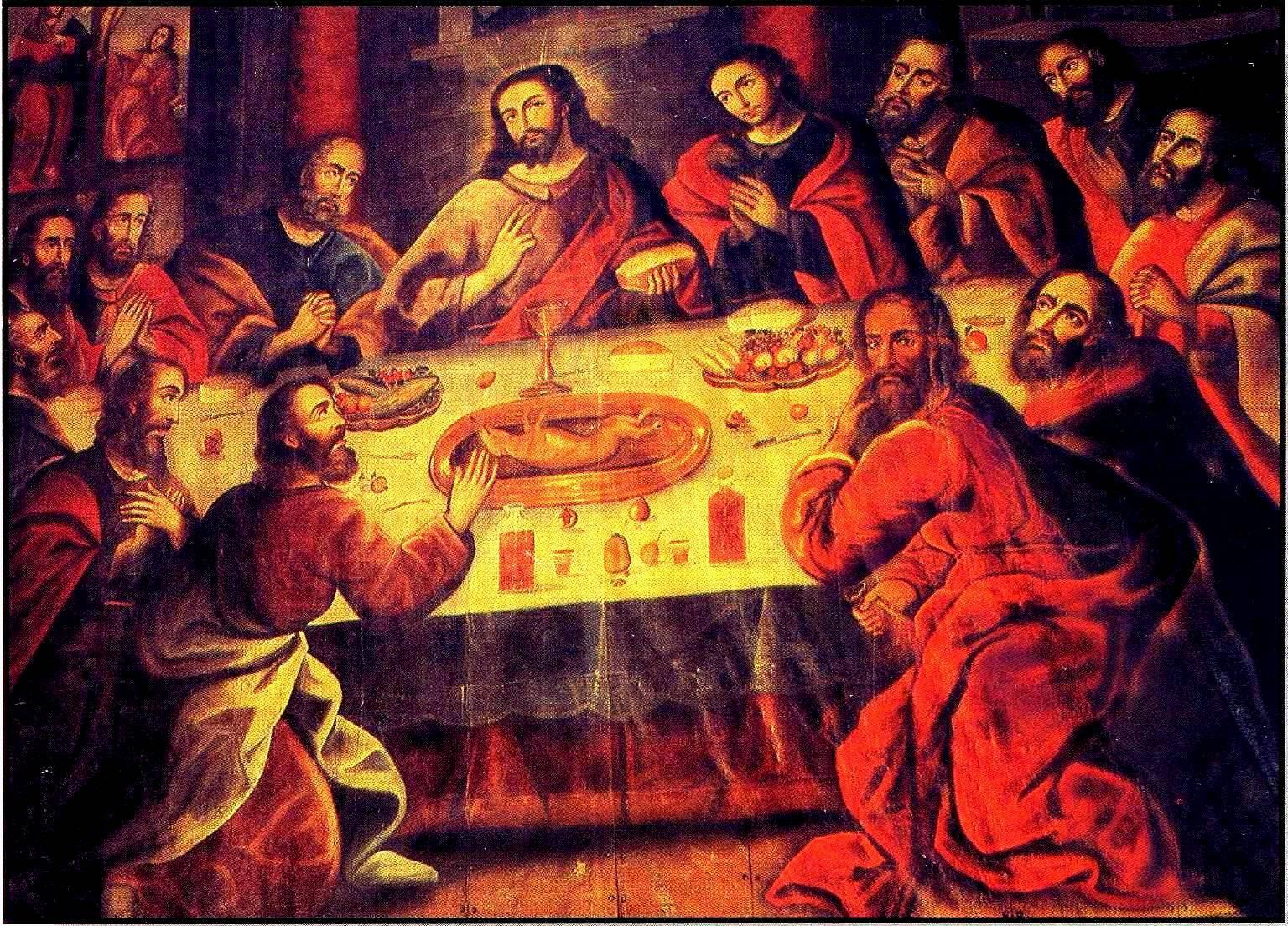As luck would have it I’m at CIAT in Cali, Colombia just as the story of the overturning of the infamous Enola bean patent is gaining traction. Everyone very excited around here.
Behind the behind the high food prices stories story
This is important. We’ve blogged a little about high food prices, and we’re keeping an eye on the subject ourselves, especially where it gives us the chance to bang on again about the role of agricultural biodiversty. But it isn’t a mainstream theme here, not least because there are so many other sources. Still, good though those resources may be, many are not able to give the long-term background to why things, notably subsidies, are the way they are. So, here’s a guest post at the ever-informative Gristmill, which lays bare some of the reasons that lie behind the distorted market for commodity crops.
[H]ow did we get here? How did our modern, abundant, and affordable food system run aground? In a sector that is global in reach, absolutely essential (we must eat, after all), and includes the politics of saving family farms and ending hunger, there is no simple, singular answer. A lot of it has to do with economics and politics. Most of it has to do with what goes into making a box of cereal, and why we even have boxed cereal.
Berry-Go-Round #4
If you landed here from Foothills Fancies, I’ve got only one word for you: Welcome!
Avocado domestication and iconography
I took advantage of the thirteen hour flight to Lima to catch up on some reading, including a recent paper reviewing the state of knowledge on avocado diversity and domestication. 1 The authors postulate that avocado exploitation began in Central Mexico with the gathering of fruits from the forest, possibly as long ago as 8000 BC. Then, when the climate changed for the worse around 4500-2000 BC, people began to tend and cultivate the tree in forest gardens. The final phase was one of intensive cultivation in homegardens and active dispersal around the region and into South America.
That’s all very interesting, but the thing that really stuck with me was the observation that the avocado tree is represented on Hanab-Pahal’s sarcophagus from Palenque. Not on the famous “astronaut” lid, however, but on its side. Ten ancestors are seen around the sides of the sarcophagus, arising from a crack in the earth, each with a fruit tree, forming a sort of homegarden around the dead king. Among them is Lady Olnal, and she has an avocado tree. Unfortunately, I couldn’t find a picture of this on the internet. But the reason it struck me is that I’d just been looking at photos of more recent, and geographically somewhat distant, but no less botanical, funerary art. Even in death, people of all ages and cultures like to be surrounded by plants, it seems.
And, being in Peru, all this rumination about art and agrobiodiversity couldn’t help but remind me of Marcos Zapata’s painting of the Last Supper in Cuzco Cathedral (1753). That famously features roast cuy, but check out the thing to the left of the cuy’s head. Is it a maca? What other crops can you identify? Donwload the full-sized version on the photo and see. No avocados, alas.

Resilient scientists
I don’t know enough about resilience science, only that I would like to know more. A large body of knowledge has built up around the ideas associated with C.S. “Buzz” Holling that, as far as I can tell, focuses on the system in ecosystems. There’s a Resilience Alliance blog that we have linked to before, and where I learned about the launch of a wiki version of the key document Assessing and Managing Resilience in Social-Ecological Systems: A Practitioner’s Handbook.
The practitioners in question do indeed discuss agricultural systems from time to time, but I have neither the time nor the practical experience to know whether the workbook would be any use to people whose main focus is agricultural ecosystems. I have a feeling that it would be, so I’m putting out a plea:
Can anyone out there enlighten the rest of us as to the ways in which resilience assessment might be put to work to understand farming systems? As a corollary, has resilience science learned anything from agricultural systems?